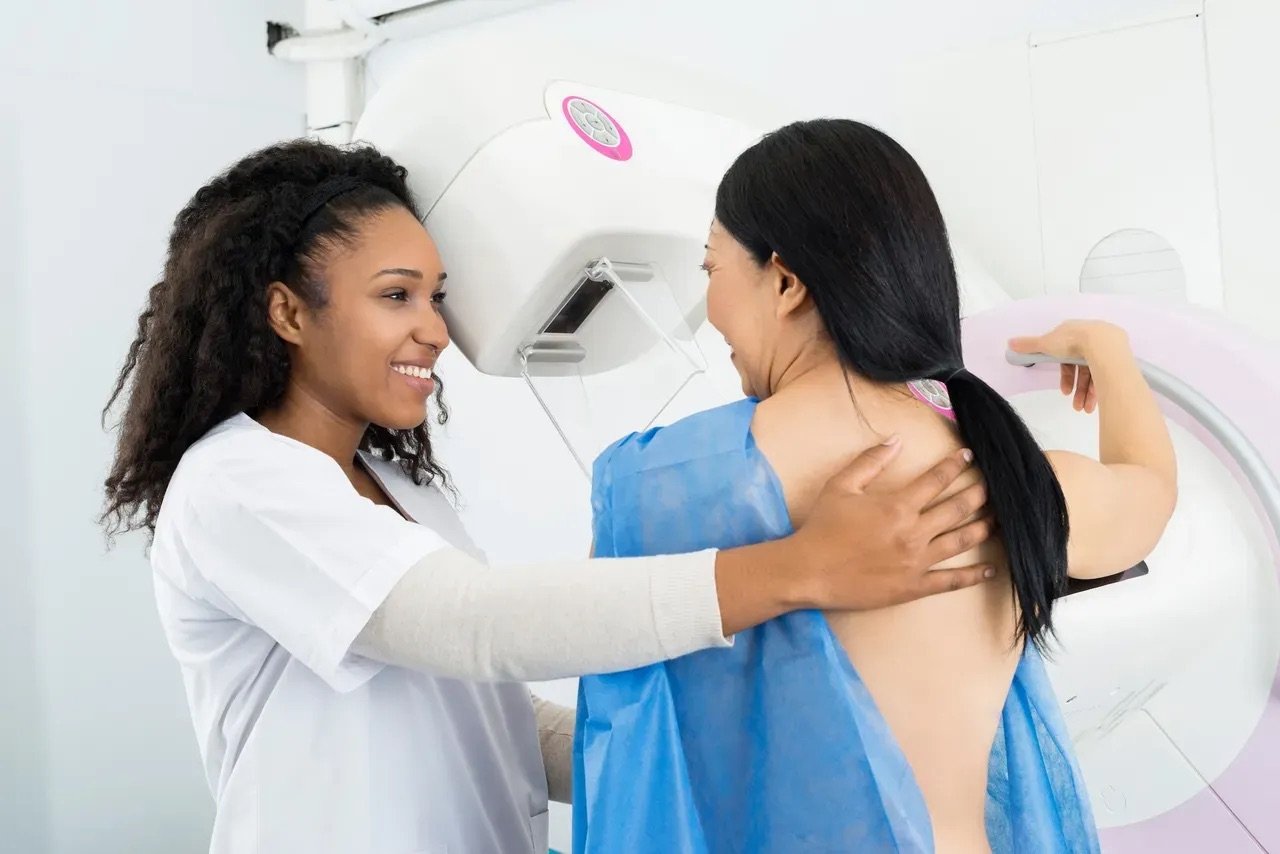MAMMOGRAPHY
MAMMOGRAPHY SERVICES IN ATLANTA, GA
ABOUT MAMMOGRAPHY
Breast cancer can have severe, life-threatening consequences if a provider doesn’t identify it early enough. The experienced OB/GYNs at Urgyn in Atlanta, Georgia, refer patients with breast problems for mammograms and offer routine breast cancer screening to ensure you get prompt treatment. Call Urgyn to schedule your mammography assessment, or request one using the online booking feature today.

MAMMOGRAPHY Q&A
What is mammography?
Mammograms are X-rays of the breasts. Urgyn refers you for digital mammograms, which can detect breast cancer when the tumors are tiny, up to two years before you can feel them. They even identify cancer before other diagnostic technologies can.
Mammograms use X-rays to capture images of your breast. Digital technology converts the X-ray information so your doctor can view it on a computer. A 2D mammogram takes two pictures, one from above and one from the side. A 3D digital mammogram takes multiple images of your breast from different angles.
Mammograms can also use CAD (computer-aided detection) to highlight areas of your breast that the computer program flags as suspicious. This increases accuracy and significantly reduces the chance of false positives (diagnosing cancer when there is none).
Why would I need a mammogram?
As part of your routine screening for cancer, you might have a mammogram every year.
Additionally, you might need a diagnostic mammogram so your doctor can take another look at an unclear area or abnormality. They notify you immediately if you need an additional mammogram or a breast ultrasound.
Your Urgyn OB/GYN might refer you for a diagnostic mammogram if they can feel a lump in your breast or if you have symptoms like nipple discharge and skin changes. A mammogram is also part of your follow-up care if you have a history of breast cancer or have undergone breast surgery.
What happens when I have a mammogram?
When you have a mammogram, you must remove any clothing above your waist and stand in front of the mammography machine. Each breast goes between two plates that compress the breast tissue.
Breast compression is vital for clear mammograms. The compression is brief, and the machine automatically releases you after the X-ray. Mammography technologists receive special training to optimize compression while minimizing discomfort.
Sometimes, the radiologist (diagnostic imaging specialist) needs extra X-rays if an area is unclear, so don’t worry if the technologist asks you to do another mammogram.
How often should I undergo mammography?
Current recommendations for women with no breast cancer symptoms are a screening mammogram every year from the age of 40. You should continue to have annual mammograms for as long as you’re in good health.
An early diagnosis increases the five-year breast cancer survival rate to 98%.
Call Urgyn to learn more about mammography or book an appointment online today.
